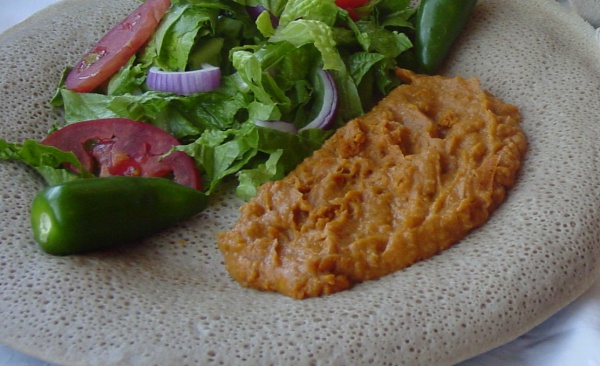Facts About Eritrean cuisine
Eritrean cuisine is a delightful blend of indigenous culinary traditions and influences from neighboring regions. While it shares some similarities with Ethiopian and other African cuisines, it possesses distinct flavors and dishes unique to Eritrea.
Central to traditional Eritrean meals is tsebhi (stew), often accompanied by injera (a type of flatbread) and hilbet (a legume paste). Thanks to Eritrea's coastal location, seafood features prominently in the local diet. The Italian colonial influence is also apparent, introducing pasta dishes and spices such as curry powders and cumin.
Among the most popular Eritrean dishes are various stews, including zigni (beef stew), dorho tsebhi (chicken stew), alicha (a vegetable dish), and shiro (a legume puree). For breakfast, locals enjoy dishes like kitcha fit-fit, fit-fit, ga'at, shahan ful, and even panettone. For lunch and dinner, meat or vegetable stews paired with injera are common staples.
Eritrean beverages are equally diverse. Suwa (a home-brewed beer), mies (a honey wine), and traditional coffee—often served as part of a ceremonial coffee service—are popular choices. Italian influence is evident in beverages as well, with espresso and cappuccino being widely enjoyed. The Asmara Brewery in Eritrea produces a variety of drinks, including Eritrean-style Sambuca.
Italian culinary traditions have seamlessly integrated into Eritrean cuisine, resulting in dishes such as Eritrean-style lasagna, cotoletta alla milanese, spaghetti bolognese, frittata, and even gelato. The strong coffee culture in Eritrea, with a preference for Italian-style coffee, further highlights this fusion.

 Ethiopia
Ethiopia